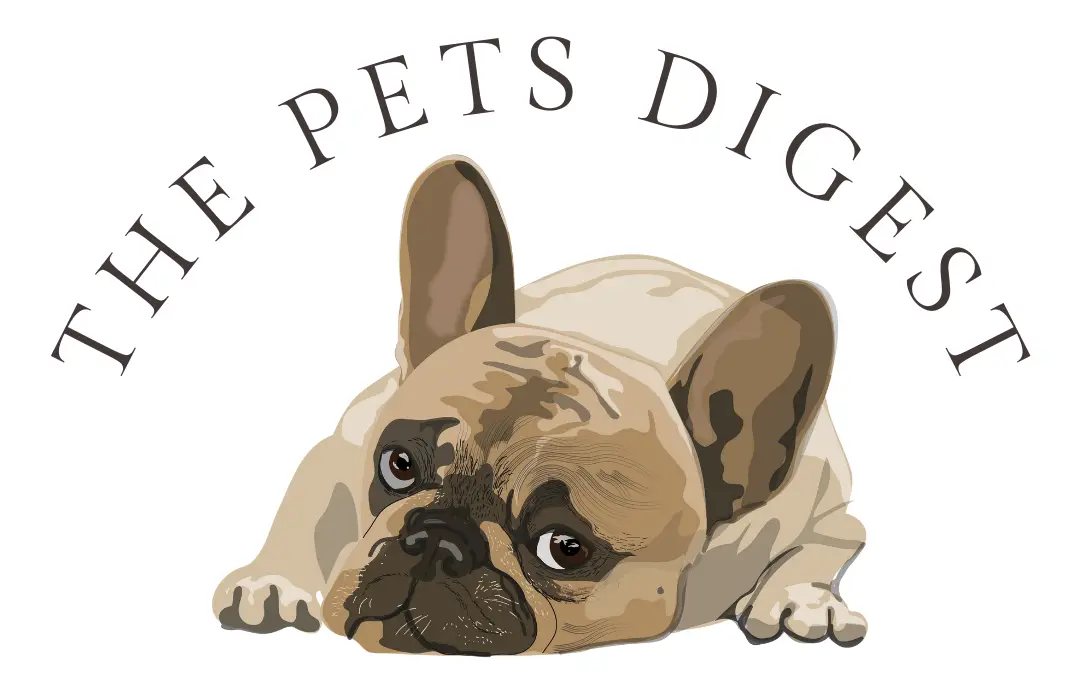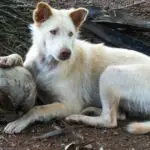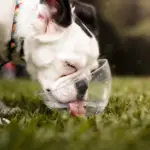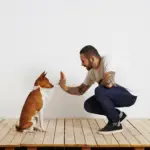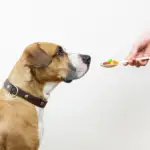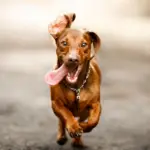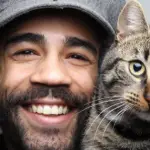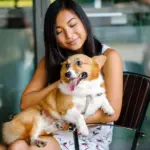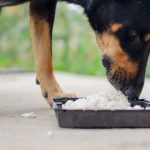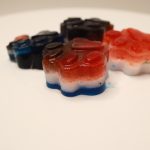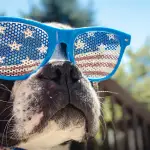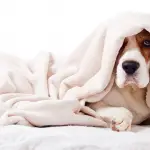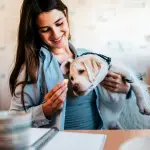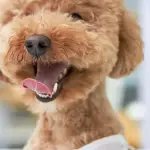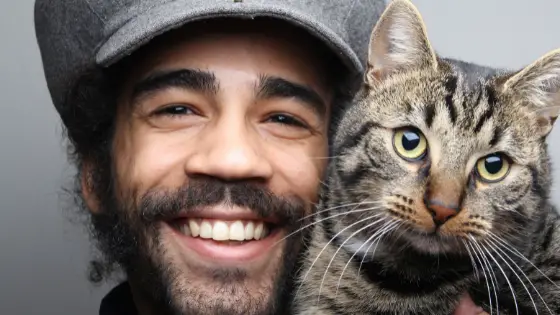Unlike humans, your dog obviously can’t verbally tell you it’s time for a mani-pedi (I guess in this case a pawdicure) but if you notice your dog licking a lot more it may be time to do some nail investigation on your fur baby to find out if they have an infected nail or something less sinister.

Being aware of your dog’s nails can give you some insight into their overall health. Here are some of the early warning signs of a more serious problem that may require your attention
- Excessive licking, chewing or biting at their paws and nails
- Wincing when walking
- Pulling away when the affected paw is touched
Dogs nails are extremely important because they help in so many ways. Their nails assist them with walking, running, digging (although this may not be great for you), and grabbing things like their favorite stuffed toy. This is why you want to keep them at optimal length, not too long and not too short. If you want to learn more about the proper way to trim your dog’s nails read our popular article: 10 ways to make nail trims more enjoyable for your pup.
Just know going in that your dog’s nails take about 6 to 9 months to regrow which means sticking to any type of regimen or therapy may take a while to show improvement.

Curling or Ingrown Nails
This means that your dog’s nails are much too long and that they need a trim. In some cases, dog’s nails (mainly the dewclaw) can wrap around into the paw pad leaving a painful open wound which oftentimes means walking is extremely uncomfortable.
The cure: Nail trim and treat any open wounds caused by the nail
Splintered nails (Onychomadesis)
Splintered nails can have many causes. It could mean that your pup needs a nail trim or that they are extremely active and catch their nails on things a lot which causes splintering. If your dog digs a lot you may notice that they have splintered nails.
The cure: If your dog is doing things like jumping on a fence or digging excessively try training them to stop these habits. If it’s due to long nails it’s time to trim your pup’s nails, however, if the nail has splintered into the nail bed you may need to see your vet for localized numbing medication and trimming so it won’t be too painful of a process.
Dry peeling or sloughing nails (Onychomadesis)
If it looks like your dog’s nails are peeling you may want to think about their nutrition. While most of the over-the-counter diets for dogs are vitamin-fortified and complete meals it is important that you feed your dog a high-quality diet. In addition, if you are making your dog’s food at home you should supplement with vitamins and speak with a veterinary nutritionist to discuss your dog’s meals. Dogs need a very specific amount of some vitamins and minerals and there is a delicate balance when feeding homemade or raw meals, to take our popular course on making your dogs meals at home click here.
The cure: Check your dog’s food to make sure you are feeding him or her a quality meal, I always tell people that if you aren’t it is akin to feeding your dog fast food every day of their life and this affects their overall health, including nails. Your veterinarian may advise that you start your pup on supplements or change their diet overall.
Red or swollen nails
Paronychia or inflammation of the nail bed is often a sign of a bacterial infection. Dogs with pododermatitis often have swelling at the nail bed and you may notice your dog licking their paws a lot more than usual.
The cure: Take your dog in to see your veterinarian, they will most likely give oral antibiotics and a topical ointment along with paw dips to treat any bacterial infections
Discharge coming from nails
This is also a sign of bacteria in the nail bed, the cure is the same as red or swollen nails.
Powder covered nails
If you notice that your dog’s nails seem to have a white powdery overcast it is most likely a fungal infection
The cure: if this is a fungal infection your vet will be able to prescribe antifungal medications both oral and topical
Discolored Nails
Nails turning black or vice versa are often signs of a fungal infection. Just like people dogs can get fungal infections and many times it is seen on the nails. You may also notice that the nails are painful, swollen, or have a weird smell!
The cure: Your veterinarian can give you antifungals to treat your dog’s nails
Lines in nails
If your dog has white nails and you notice a black or dark red line in one or two of them, it is most likely from trauma
The cure: keep an eye on your dog’s nail, as it grows out and you get regular trims the lines should go away if they don’t see your vet
Extra-large or long nails (Macronychia)
Some owners will be in shock when they notice an extremely long nail while all the others are normal. Many times it is nothing to panic about and is noted in older dogs or it may just mean that you have to trim that nail more often.
The cure: Keep an eye out for any growths in the surrounding nail bed and take your pup in to see the vet if you see anything out of the ordinary.
Nail loss
If your dog seems to be losing their nails or they seem to be extremely thick and hard or brittle it could be due to lupoid onychodystrophy. Onychodystrophy means abnormal claw formation and is a chronic condition usually seen in German Shepherds and Rottweilers that cause brittle, deformed nails and in some cases total nail loss. It is suspected that lupoid onychodystrophy is an immune-mediated disorder.
The cure: Your vet will place your dog on medication including vitamin E and fatty acid supplementation
Soft nails (Onychomalacia)
Did your dog just have a bath, play in the lake or jump in the swimming pool for a while? You may notice that their nails are a bit softer than usual after they’ve been in water. This is normal, however, if they have not recently been in water for an extended amount of time their nails may indicate something else like a nutritional deficiency.
The cure: take your dog to the vet so they can run some tests and make sure your dog is healthy
Itchy nails
You may notice that your dog seems to lick and gnaw at their nails a lot and while it usually isn’t the nail itself that is itchy but the skin around them, the nails seem to be gnawed down. This is most likely due to allergies
The cure: You can get treatment for allergies from your vet after testing your dog for environmental allergies, your vet may also want to do a food trial to check for nutritional allergies
How can you improve your dog’s nail health?

Keep them trimmed
The best way to maintain healthy nails in your dog is to keep them trimmed regularly
Keep them from licking at the paw
If you notice that your dog is licking at their paws a lot keep them from licking it until you can get them in to see your vet. Some owners will have to use the dreaded e-collar, especially at night when everyone is sleeping
Omega 3’s
like fish oil are great for treating brittle, cracking, or dry nails as this is a sign of essential fatty acid deficiency. Omega 3’s can help heal the nails and support growth.
Biotin
Yes, dogs can take biotin to help improve their nail growth and condition. Make sure to give your dog the appropriate dose for their size and biotin specifically for dogs (it is oftentimes mixed into a multivitamin), your vet can recommend a great multivitamin and you can read our article about vitamins here.
Treat any underlying condition
If your pup has an underlying condition get it treated and taken care of ASAP
Feed a high-quality diet
Make sure you are feeding your dog a high-quality diet. If you are making their food at home take our course to ensure you are giving your dog proper nutrition

